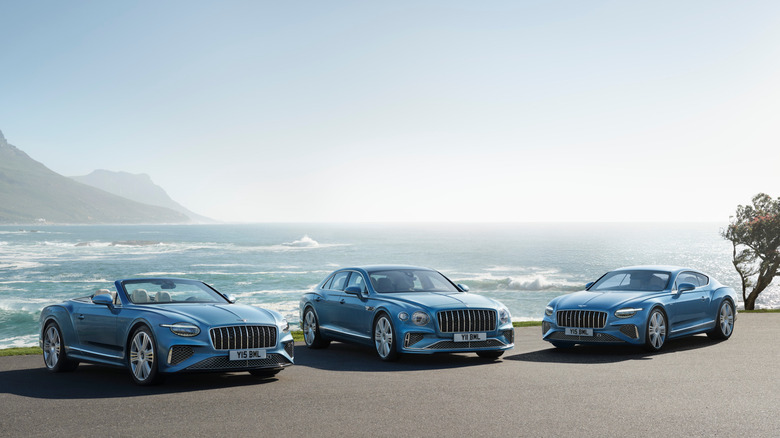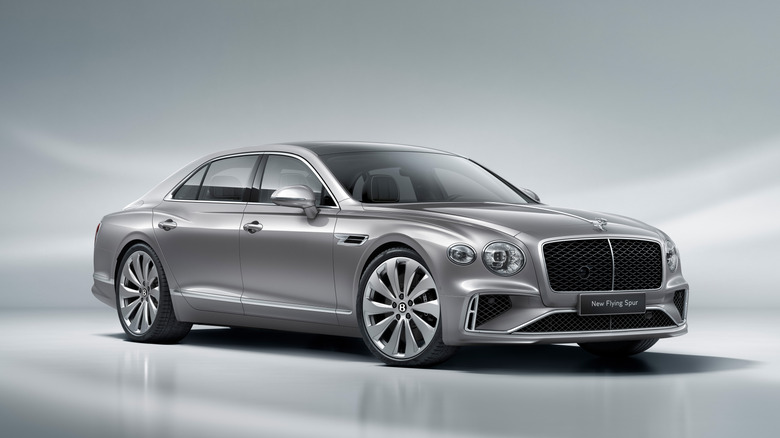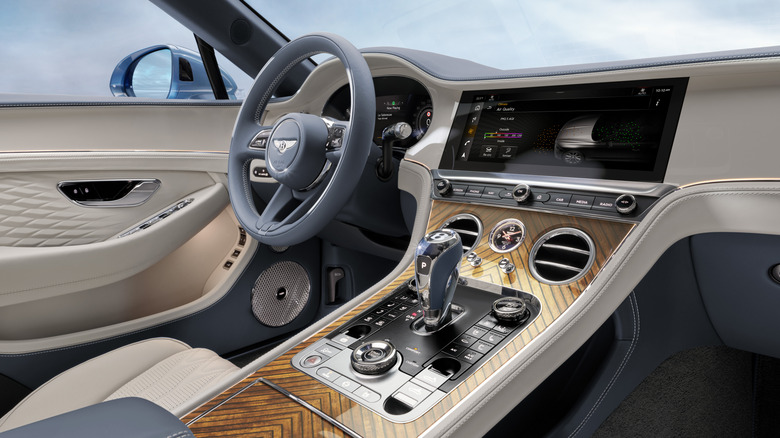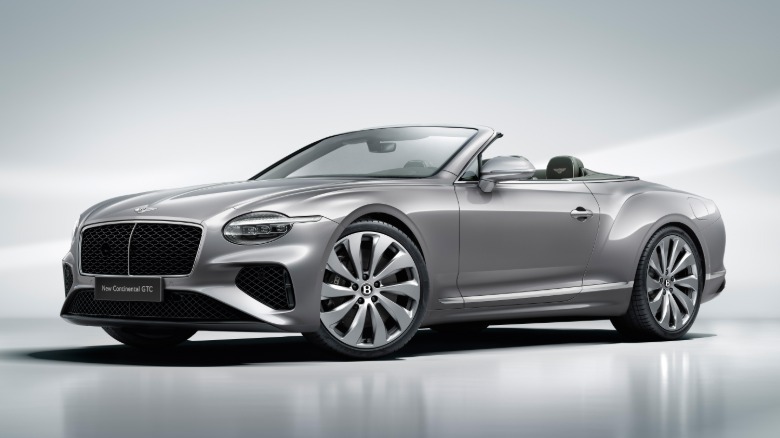
Now is an excellent time to be an ultra-rich car enthusiast. When money is no object, It’s evident that we have reached the peak of the internal combustion engine technology, be it as the primary power source or with some electric assistance. Even the most conservative automobile regarding changes, like the one mentioned, has embraced these advancements. The Porsche 911 comes equipped with a hybrid powertrain generating 532 horsepower. If you can shell out its $172,000 starting price. Last year, Bentley, Britain’s second most luxurious carmaker, added some high-end hybrid options to its current lineup with the impressive Flying Spur Speed. Continental GT Speed models, which substituted the previous W12 engine with a plug-in-hybrid V8 powertrain Now Bentley has disclosed that a less powerful plug-in hybrid will replace it. The older non-hybrid V8 variants within the model range , but don't fret — it remains incredibly potent.
Bentley refers to this new configuration as the High Performance Hybrid, differing from the Ultra Performance Hybrid utilized in the Speed (and Mulliner) variants of the Continental and Flying Spur. The "standard" power system incorporates a twin-turbocharged 4.0-liter V8 engine—similar to the long-used Porsche-designed component—and pairs it with one electric motor generating a total output of 671 horsepower and 685 pound-feet of torque. Although these figures fall short compared to the impressive 771 horsepower and 738 lb-ft found in the Speed models, they represent increases of 129 horsepower and 117 pound-feet over the previous base model V8 configurations.
Read more: Here’s What You Initially Desired as First Cars (But Ended Up With Something Different)
Base Is No Longer a Taboo Term

The inclusion of the plug-in hybrid V8 system as the standard engine choice indicates that the least expensive Bentley currently available outclasses the previous W12 Speed models in terms of power, offering an additional 21 horsepower and 21 pound-feet of torque compared to them. These vehicles not only match the acceleration capabilities of the former top-tier internal combustion engines but significantly surpass the performance of their predecessor models. The basic version of the Continental GT can accelerate from 0 to 60 miles per hour in merely 3.5 seconds—equally fast as the older W12 Speed model and half a second faster than the earlier V8 variant. Meanwhile, both the convertible GTC and the sedan Flying Spur require marginally more time for this feat, clocking in at 3.8 seconds each—a figure nonetheless superior to what was previously offered. Additionally, these newer editions lag behind the PHEV versions of the Continental GT Speed and Flying Spur Speed by mere fractions: four-tenths of a second and five-tenths respectively during the 0-to-60 dash.
The primary distinction between the standard High Performance Hybrid model and the more powerful Speed variant with the Ultra Performance Hybrid configuration is found in their twin-turbocharged 4.0-liter V8 engines. Both variants come equipped with identical components such as a 25.9-kWh battery pack and an 187-horsepower electric motor integrated into the eight-speed gearbox. However, the internal combustion engine differs: the High Performance Hybrid’s unit delivers 512 horsepower, whereas the Speed's V8 generates a robust 592 horsepower independently. Bentley reports that each body style—whether it be the Continental GT coupe, which offers up to 53 miles of purely electric driving; the Continental GTC convertible, providing around 51 miles on electric power alone; or the Flying Spur sedan, achieving exactly 50 miles—all these vehicles maintain this extended reach due to adopting advanced versions of their drivetrain systems. Additionally, opting for either starting level Plug-in Hybrid Electric Vehicle (PHEV) does not compromise your experience regarding performance attributes like handling dynamics. These lower-tier hybrids feature the same sophisticated technologies including the Dynamic Ride adaptive roll control mechanism, rear-axle steering capability, and electronically controlled locking differentials seen in the high-end Speed configurations.
Visual Changes Are Minor

The High-Performance Hybrid powertrain comes as standard equipment on regular versions of the vehicles and the luxurious Azure trim levels across all three model lines. Meanwhile, the top-tier Ultra Performance Hybrid engine is included as standard on opulent Mulliner editions and dynamic Sport variants. Base models boast an understated appearance featuring glossy black grills without ostentatious embellishments. In comparison, Azure configurations showcase distinctive badges, various rim styles, along with gleaming chrome vertical slats set within a high-gloss black grill adorned with additional chrome accents around the perimeter. According to Bentley, these Azure-trimmed vehicles enhance well-being through their inclusion of advanced driver-assistance technologies, ambient interior illumination, “Harmony” quilted patterns adorning both door panels and seat surfaces, alongside comfort-oriented seating—complete with heating, cooling capabilities, and massage functions designed specifically for front and rear outboard occupants.
Pricing details have not been revealed yet, but you shouldn't anticipate these new basic trims being budget-friendly for an average individual. The initial costs should align with those of previous versions: approximately $250,000 for the Continental GT, about $270,000 for the GTC, and roughly $225,000 for the Flying Spur.

Want more like this? Join the Jalopnik newsletter To receive the most recent automobile news directly in your mailbox...
Read the original article on Jalopnik .
